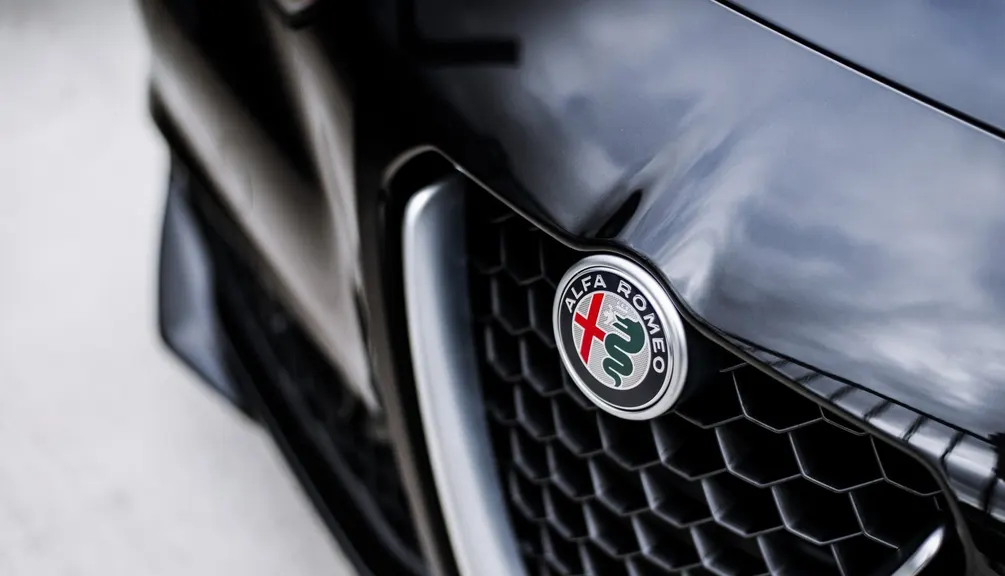Alfa Romeo was born in Italy, the hometown of sports cars. At the same time, it has a long history of 101 years. In these long years, it has not destroyed the nature of the sports gene in Alfa Romeo’s bones, nor let people forget its glorious history in the racing field. Now, let’s look back at the past of the Alfa Romeo brand.
1907-1910: The Founding of Alfa Romeo
Alfa Romeo is a famous Italian car and sports car manufacturer, founded in 1910, with its headquarters in Milan, Italy. The predecessor of the brand can be traced back to 1907, when a French named Alessandro Darracq founded an automobile company in Milan, Italy. However, due to the slow development of the Italian automobile industry at that time, the company’s sales performance was poor for several years. On June 24, 1910, some visionary entrepreneurs took over Alessandro Darracq’s car company in Milan, which also became the birthday of alfa romeo. At that time, the new company was named Anoima Lombarda Fabrica Automobile, or A.L.F.A.
Also when the Alfa car factory was founded in 1910, Romano Cattaneo, the draftsman, designed the Alfa Romeo logo by combining two Milan City logos: the Red Cross is part of the shield emblem of Milan City, and the biscoine pattern comes from the family emblem of an ancient local noble family (visconti family). The combination of the two traditional Milan patterns into the logo of the Alfa Romeo brand implies that the Alfa Romeo brand can continue to carry forward after the glorious history of Milan, and can developed better than before.

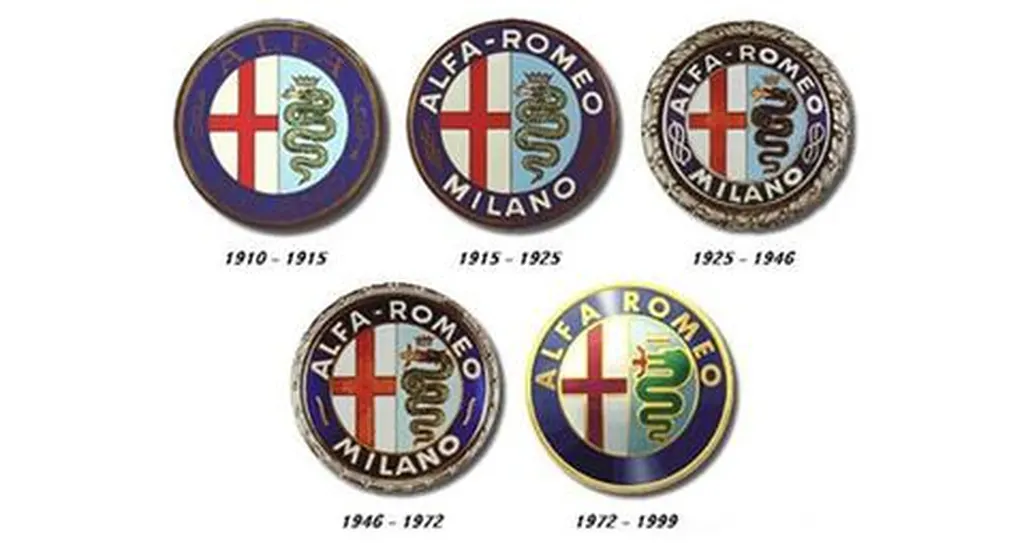
Over the past hundred years, the logo of Alfa Romeo has undergone subtle changes. In 1915, Nicola Romeo, a Neapolitan industrialist, came to the car factory and added the word Romeo to the logo. In 1925, a month long laurel crown was added to the logo to commemorate Alfa Romeo’s first world championship. In 1946, the new symbol changed with the disappearance of the monarchy and the establishment of the Italian Republic. The two knots symbolizing the Italian royal family were replaced by wavy lines. In 1972, Alfa Romeo set up a new factory in Naples, and simplified the logo. The dragon shaped snake became simple and abstract, and the style was more modern. The connection between Alfa and Romeo was cancelled. The word “Milano” for Milan also disappeared forever, indicating the company’s more global development vision.
1910-1950: The Development of Alfa Romeo in Racing
1910-1914: Alfa Company has developed into the field of racing since its inception
In 1910, Giuseppe Merosi, a famous engineer at that time, designed Alfa’s first model, Alfa 24 HP, which was equipped with the world’s first DOHC engine, with the engine displacement of 4084cc and the highest speed of the engine exceeded 100km/h. This car was at the first-class level both in design and construction. Therefore, it was widely sought after by sports car lovers at that time. Its launch brought huge economic benefits to alfa company, and laid a foundation for the future development of Alfa Romeo brand to sports cars. In 1911, Alfa 24 HP corsa made its debut and won at the Targa Florio circuit.



In 1912, Alfa specially designed a 15 HP Corsa car with an output of 45 horsepower. At the same time, the improved Alfa 12 HP model of Alfa 24 HP is also on the market, and the simplified design of Alfa 12 HP is also a very excellent model. Subsequently, Alfa 40-60HP and Alfa Grand Prix were launched one after another, both of which are well-known sports cars. Among them, Alfa Grand Prix launched in 1914 is the leader in the racing field. Alfa Grand Prix was equipped with the world’s first DOHC engine, and the engine technology level was at the leading level at that time. From then on, alfa began to associate his name with the sports car industry until today.


1915-1918: Alfa Company evolved into Alfa Romeo Company
In 1915, the first world war put Alfa company into financial difficulties. After that, Nicola Romeo took over the company. The family name of Nicola Romeo was also added to the name of Alfa company, so Alfa Romeo brand came out. As a result of the first World War, the Alfa Romeo brand temporarily suspended automobile production and turned to produce various types of war materials, aircraft engines and motor vehicle compressors until the end of the war in 1918.
1919-1926: Alfa Romeo’s outstanding performance in motor racing


1919-1926: Alfa Romeo brand excels in racing
After the end of the first World War, Nicola Romeo further acquired several manufacturing companies, and began to focus on automobile production again, producing a series of cars famous for their excellent racing performance and driving performance. Cars bearing the Alfa Romeo logo began to take notice of the circuit. In 1920, the first car with the logo of Alfa Romeo, torpedo 20-20 HP, was launched. In addition, the subsequent models such as Alfa 40-60 HP are equipped with more powerful engines and perform better.

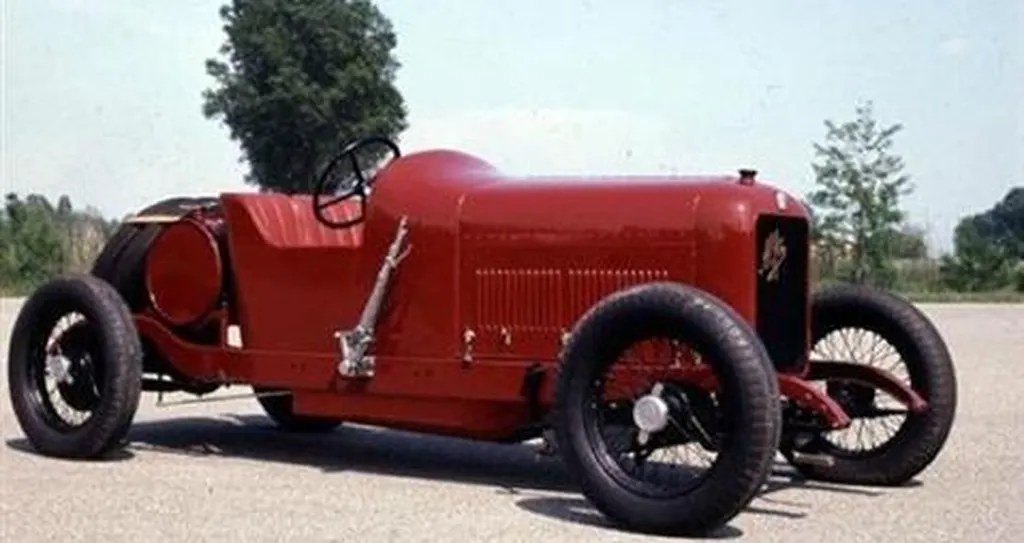
In 1920, Alfa Romeo driver Campari drove the more powerful Alfa 40-60 HP to win the 230 mile tournament in Mugello, Italy, which was the first championship for the Alfa Romeo brand. And that year, Enzo Ferrari, the legendary “father of racing”, became a test driver for Alfa Romeo.


In 1923, Enzo Ferrari recruited Vittorio Jano, the first-class Italian automobile manufacturing engineer from Fiat Automobile manufacturing company, to replace Merosi, the chief designer of Alfa Romeo, so as to enhance the technical development strength of Alfa Romeo brand. Vittorio Jano did not fail to live up to expectations. In 1924, he designed the Alfa P2 car, a car that has been remembered by history. Its shape design and engine layout had a profound impact on later F1 cars. The car is equipped with a 1987-ml inline eight-cylinder engine. It’s really unconspicuous among the car groups that are prone to thousands or tens of thousands of ml of engine displacement at that time. However, Alfa P2 has a strong power of 140 horsepower. In the same year, Campari drove the Alfa P2 and won the gold medal in the French Lane Grand Prix.
By 1925, Alfa Romeo had made great achievements in racing. The Alfa P2 car won the French Lyon Grand Prix, the Italian Grand Prix and the Belgian Grand Prix, and won the cup in the first World Racing Championship (the predecessor of the F1 World Championship). At that time, in order to celebrate the honor of winning the first World Championship, Alfa Romeo set up a circle of laurel corolla around the brand car emblem to symbolize the road to the glory of winning in the racetrack. In the next few years, the Alfa P2 car continued to perform brilliantly.
1927-1931: Alfa Romeo suffered a setback and temporarily retired from racing
In 1927, Alfa Romeo’s major shareholders went bankrupt, and the company faced the doom of closing down. However, its reputation in Italy and abroad saved its life, so that it would not die prematurely. In 1928, Nicola Romeo left Alfa Romeo. Later, the company launched new models of Alfa 6C 1500 and Alfa 6C 1750 with 6-cylinder engine. The design of the new models is lighter, faster and more eye-catching.


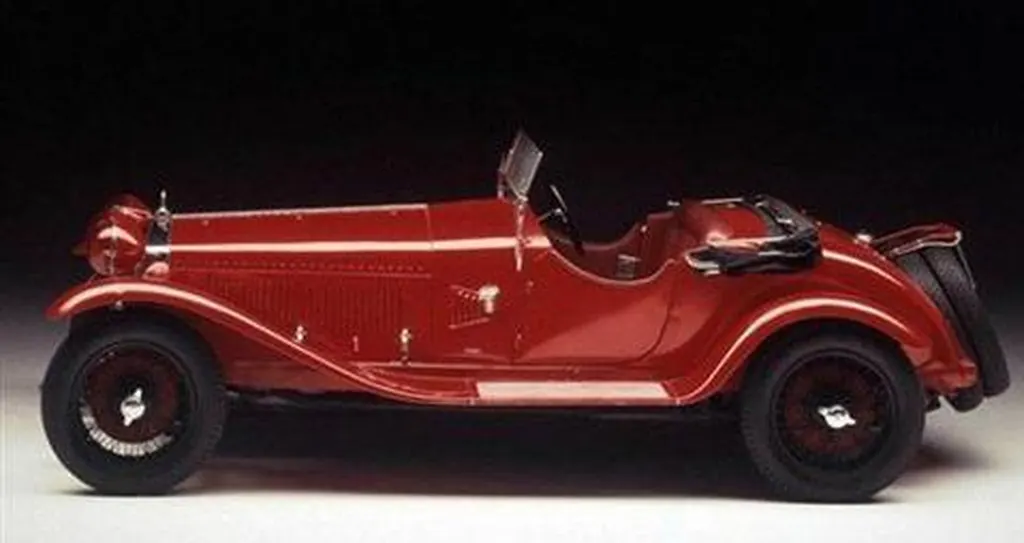
In 1929, there was a crisis in the world economy, which also implicated Alfa Romeo in the economic predicament. At that time, the Italian government participated in the operation of Alfa Romeo through the Institute for industrial reconstruction. At the same time, I.R.I. required Alfa Romeo to turn to industrial vehicles and aeroengines in terms of production. As a result, Alfa Romeo withdrew from the racing program and transferred his subsequent Alfa 8C 2300 model to Enzo Ferrari’s team for racing.


In 1931, Vittorio Zano designed the second outstanding model Alfa 8C 2300, in which 8 means that the engine is 8 cylinders and 2300 means that the displacement is 2.3 liters. The model design is elegant and graceful, with strong engine and high efficiency transmission system, and the civil version of the car is equipped with a variety of models, such as hardtop, convertible, etc., which makes the car become a pet that the European upper class are competing to buy, and later it was selected as a car by Mussolini. In addition, the Alfa 8C 2300, which was launched in 1931, has derived many subsequent versions and racing versions. It has won many Grand Prix titles such as LeMans and Millemiglia. Some of the Alfa 8C racing versions are also marked with Ferrari’s Leaping Horse logo.
1932-1949: Alfa Romeo changes ownership again, taken over by I.R.I.
In 1932, Alfa Romeo officially changed hands, and I.R.I. took over the company. Later, Ugo Gobbato joined the company and became its manager. Under the leadership of Ugo Gobbato, the company first carried out a series of improvements and began to carry out modern production. In addition to the introduction of mass production lines, the company also began to produce trucks and buses. After several years of efforts, Alfa Romeo began to develop vigorously, and the racing activities were restored, but it was disturbed by political difficulties on the way. During this period, Alfa Romeo launched Alfa 6C 1900, Alfa 6C 2300, Bimotore 1935, Alfa 8C 2900, 158 and Alfa 6C 2500.


The past of war has allowed Alfa Romeo to focus more on the production of cars. A large number of special versions of Alfa 6C 2500 were launched, which made Alfa Romeo famous for a while. Among them, the car bodies designed by Pininfarina and touring earned the honor for Alfa Romeo. At the same time, the Alfa Romeo team, which is composed of 158 / 159 cars, has performed well in all large competitions.
1950-1951: Alfa Romeo won two consecutive F1 Championships
In 1950, Giuseppe Farina drove a 158 car to become the first champion driver of the year in the history of F1, and Alfa Romeo became the first champion team in the history of F1. This year, it can be said that it was a turning point for Alfa Romeo to rejuvenate. At the same time, Giuseppe Luraghi took over the post of chairman of Alfa Romeo.


In 1951, JM Fangio, regarded as the greatest F1 driver at that time, drove the 159 car and won the F1 world championship again. The 159 type car was equipped with a 1.5-liter inline eight cylinder engine, with the maximum power reaching 425 horsepower, and the performance of the motor car was amazing. However, it was surprising that Alfa Romeo decided to withdraw from F1 and focus on sports car competition.
1952-1985: the Development of Alfa Romeo in sports car
1952-1969: focus on the production of mass production models, which makes Alfa Romeo’s scale continue to expand

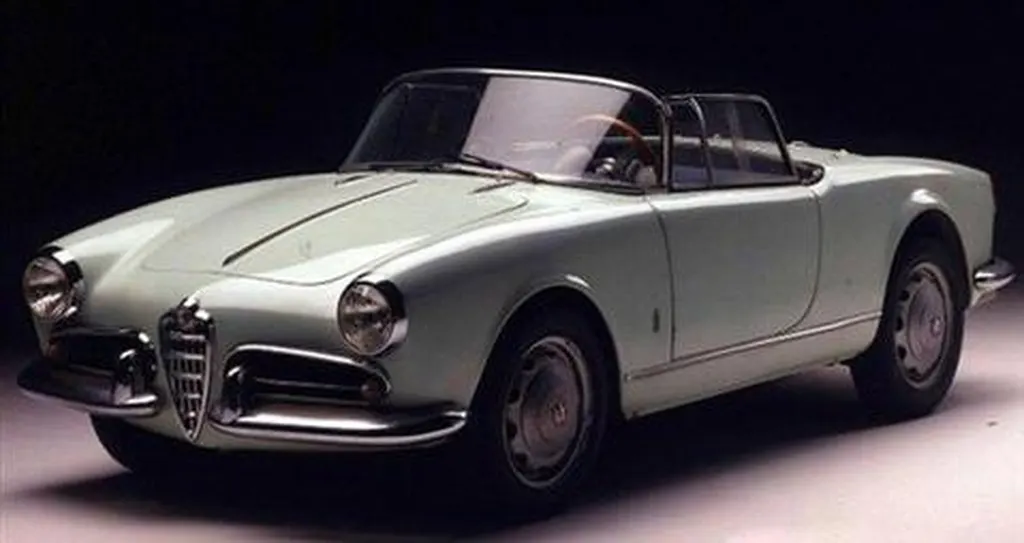
In the early 1950s, in order to reduce costs, the company abandoned the traditional manual manufacturing, focused on mass production vehicles, and established an effective assembly line, so as to achieve better profits. At the same time, Alfa Romeo began to apply more racing manufacturing technology to the design and production of cars, to create a racing pedigree of civilian cars. In the 1954 Turin auto show, Giulietta, designed by design coach Bertone, made its debut. This is one of the earliest car races after the war. This two-door two-seater convertible sports car is equipped with a 1.3L engine, with a maximum power of 65 horsepower, a modern streamline and relatively cheap price. In the period of economic recovery after the war, Giulietta quickly became the target of many consumers, this situation also brings its reputation in the automotive industry to a historical peak.
By 1960, in order to meet the growing sales volume, Alfa Romeo has set up factories respectively in Arese near Milan and pomiglianod ‘arco in southern Italy, among which the new factory in Arese was officially opened in 1963. The first mass production model of the factory is Giulia. At the same time, Giulia sedan has also become one of the most popular models under Alfa Romeo, with sales of more than one million since its launch. In terms of body size, Giulia is a coupe that a little bigger than Giulietta. Giulia has a fashionable shape, with a 1.6L displacement, equipped with a 5-speed gearbox.


In 1965, Alfa Romeo specially designed and manufactured Giulia Sprint GT for the world tour. The successful performance on the field and the design and modeling of its octopus shape of personality made Giulia Sprint GT become a model of great concern at that time. After a period of development, Alfa Romeo’s position in the market has been further consolidated, and the company’s scale is constantly growing.
1970-1985: the company’s financial difficulties encountered again, but they did not affect its performance in the competition
In the early 1970s, social and political problems and energy crisis made Italy’s economy difficult. At that time, the management and operation problems also troubled Alfa Romeo company. Slowly, the company began to get into trouble. In 1972, Giuseppe luraghi, chairman of the company, left Alfa Romeo and replaced him by Ettore masaccesi. Later, Ettore Masaccesi began to restructure the company so that the market competition of the company could be improved and the glorious process could be continued, but the overall effect was not ideal.

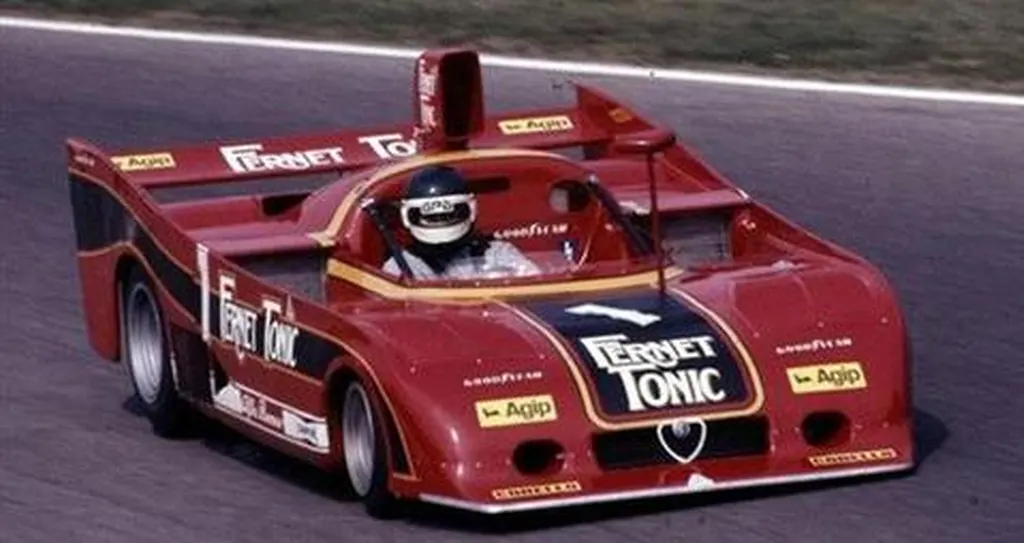
Although there was a crisis in the company’s economy during this period, the company still launch new cars. Alfa Montreal was launched in 1970, Alfasud in 1971, Alfetta in 1972, Alfa 33 TT 12 in 1975, Giulietta in 1977, Alfa 6 in 1979, etc. show the tenacious vitality of Alfa Romeo company. In addition, Alfa 33 TT 12, with its strong driving force, won two world sports championships in 1975 and 1977, and still achieved outstanding results on the track.
1986 – present: Alfa Romeo brand belongs to Fiat Group, continuing the glorious history of sports cars
1986-1999: the launch of Alfa 156 implies the return of the legendary age of Alfa Romeo
In November 1986, Fiat Group acquired Alfa Romeo company, and in 1987, it integrated the company with Lancia brand and established “Alfa-Lancia” company. And Fiat Group integrates the company’s resources, reorganizes the product line, and makes Alfa Romeo’s products more competitive. As time goes by, Alfa Romeo’s recovery steps gradually come, and the brand awareness is constantly accumulating. By the late 1990s, good products of Alfa Romeo were constantly emerging.

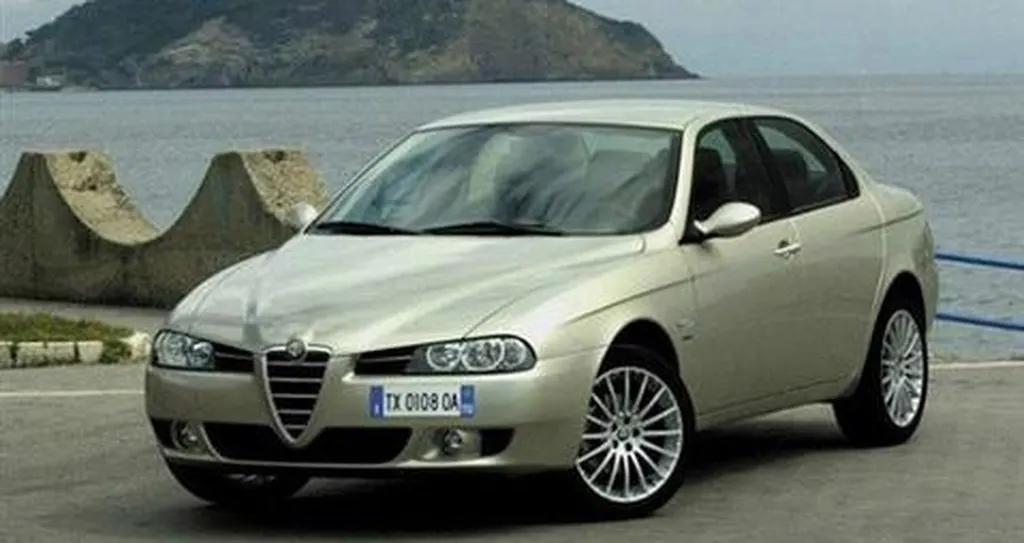
In 1997, Alfa Romeo launched Alfa 156. The Alfa 156 not only inherits many classic elegant and dynamic elements of Alfa, but also has a little masculine and sharp. The shape is highly recognized, and the design concept affects the subsequent products of Alfa. In addition, Alfa 156’s sports performance is outstanding, equipped with a 3.2-liter V6 engine and four-wheel drive system, and excellent chassis made it a car that attracted the attention of fans around the world at that time. In 1998, it was rated as the car of the year. At the same time, the diesel version of Alfa 156 was the first mass production vehicle in the world at that time using the innovative high-pressure common rail diesel engine.
2000 – Present: Alfa Romeo opens a new page in sports car

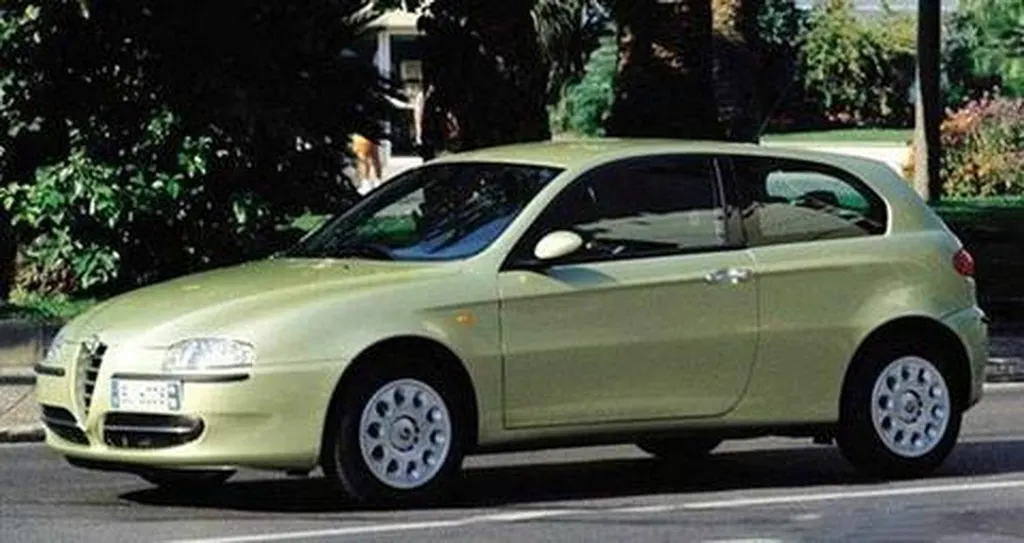
In 2000, the new compact car Alfa 147 was launched. The Alfa 147 not only has elegant appearance, flexible operation and excellent performance, but also leads the same class of vehicles. At the same time, the new car is divided into three door hatchback and five door hatchback. The top model Alfa 147 GTA is equipped with a 3.2-liter V6 engine, and its good performance makes Alfa 147 won the European Car of the Year award for its good performance.

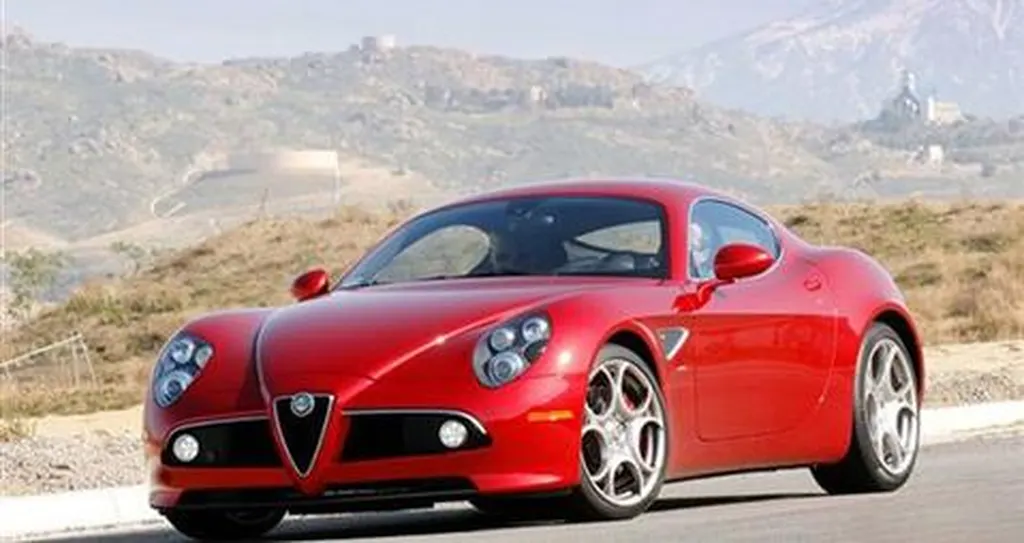
In 2008, the 8C Competizione sports car was limited to 500 sets in the world. Although the 8C Competizione was jointly developed and designed with Maserati, but the whole car is still full of Alfa’s unique charm, with an aluminum 4.7L V8 engine that can output about 600 horsepower at 7000 rpm, and the torque can reach 588 nm. The strong dynamic performance and rear-drive design will give this sports car more sports passion. The launch of 8C Competizione indicates that Alfa Romeo is moving towards the sports car field again.
In the course of one hundred years, the Alfa Romeo brand has experienced many twists and turns, but what propels it forward is the persistence and dedication of the belief in motorsport. It is also because of the belief that Alfa Romeo has brought us many advanced technologies and many indelible classic models. I hope that in the near future, Alfa Romeo can bring us more surprises and miracles.

